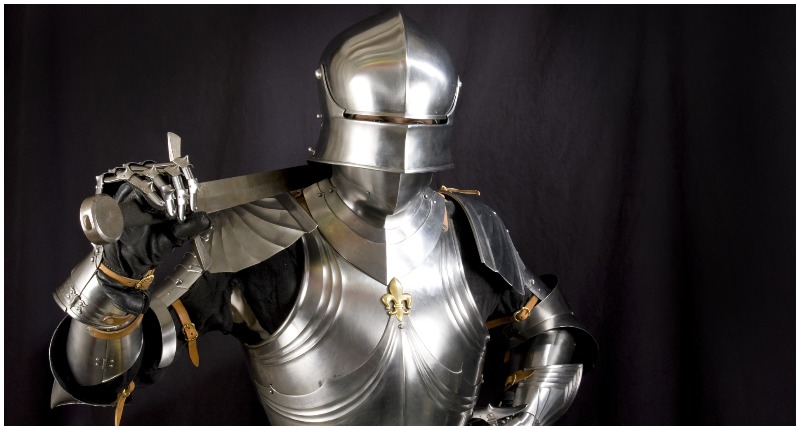When it comes to bold, in-your-face fashion statements, it would be pretty hard to beat that testosterone-tinged invention of the 15th and 16th centuries — the bulging codpiece.
There is an abundance of theories as to exactly why these none-too-coy cover-ups caught on. Most historians believe that codpieces were, quite simply, created to conceal men’s naughty bits.
In the 15th century, the typical uniform consisted of a snug-fitting jacket (known as a doublet) paired with hose to cover the legs.
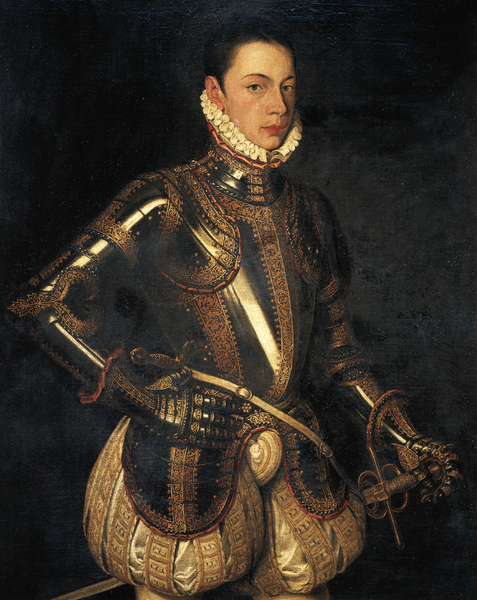
Slipped over the whole shabang, a mantle or cloak. However, unlike the pantyhose women wear today, this hose covered the legs, but not the crotch (and no, they didn’t wear briefs back then), similar to a pair of chaps or waders used when fly-fishing. Instead, the hose fastened onto the doublet with buttons or string ties.
Over the years, the doublet and mantle inched shorter and shorter, making the bulge of a gentleman’s privates more conspicuous beneath their flimsy undershirts. And on certain occasions — say, when a gentleman hoisted himself up onto his horse — onlookers got quite an eyeful.
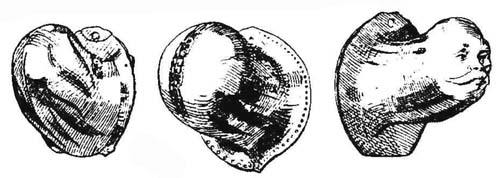
Anthropologist Grace W. Vicary offers an entirely different — and intriguing — explanation for their existence. Vicary surmised that longer codpieces might have been used to help relieve the nasty symptoms of venereal disease by keeping medication close to one’s member and preventing it from seeping through to their outer clothing.
Still others believe codpieces were a none-so-subtle way to call attention to one’s equipment, suggesting adept sexual prowess and masterful bonking in the bedchamber.
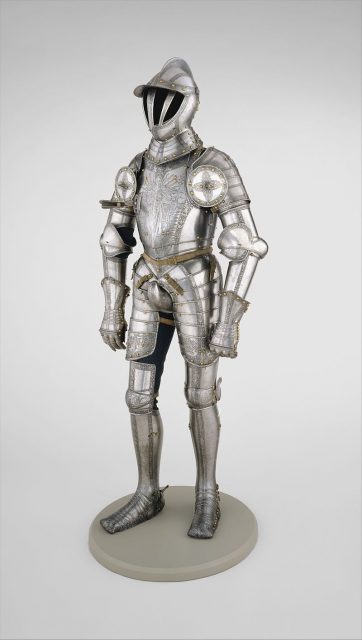
Perhaps. Actually, in the beginning, the codpiece was a rather modest affair, made from a small, triangular piece of fabric (usually wool or linen). But as time wore on, it became more exaggerated, both in length and in girth (thanks to padding).
In, uh, short: Codpieces, initially created to help conceal a man’s equipment, soon emphasized his equipment. All of which rubbed some the wrong way. French philosopher Michel de Montaigne, writing in the 1580s, criticized the lusty look thusly: “An empty and useless model of a member that we cannot even decently mention by name, which however we show off and parade in public.”
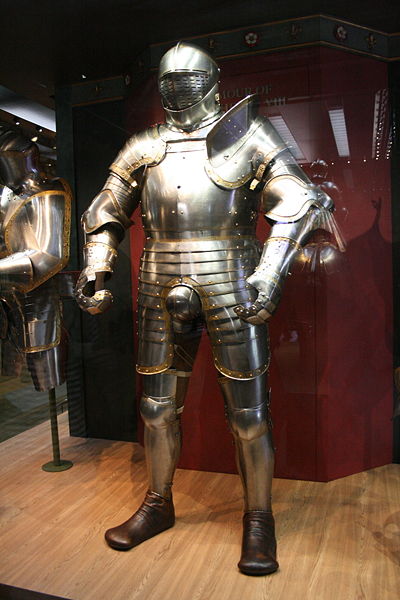
No kidding. Portraits from the 16th century are proof that the codpiece had reached jaw-dropping dimensions. Henry VIII, never one for modesty, embraced the trend in a big way.
His 1540 armor on display in the Tower of London includes a ridiculously huge metal appendage. (Legend has it, female tourists visiting the Tower would stick pins into his package in the hope that it would boost their fertility.)
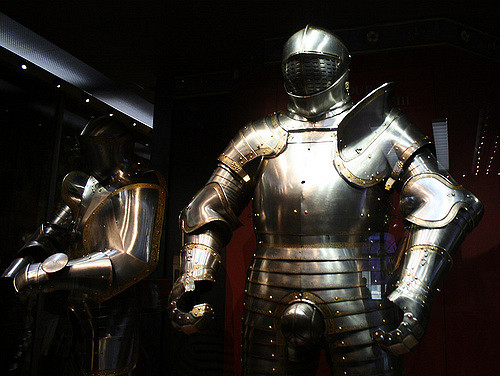
It wasn’t just the size that mattered. Pretty soon codpieces were taken to the next level, cut from luxurious fabrics, such as silk and velvet, with jewels and embroidery added for good measure.
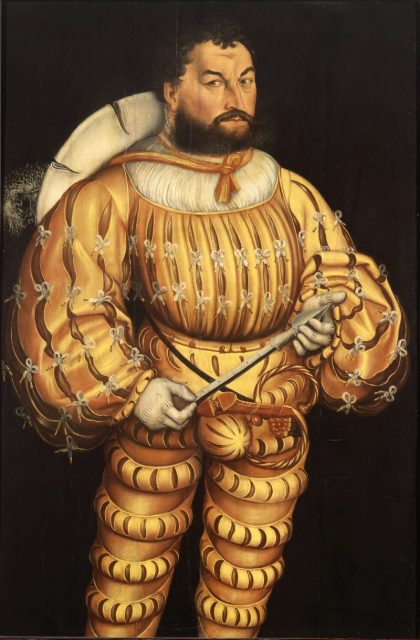
In the countries of Northern Europe, they were often embellished with colorful bows. Some were even used as purses, keeping precious coins and jewels close at hand — which, yes, may be how the expression “family jewels” was born.
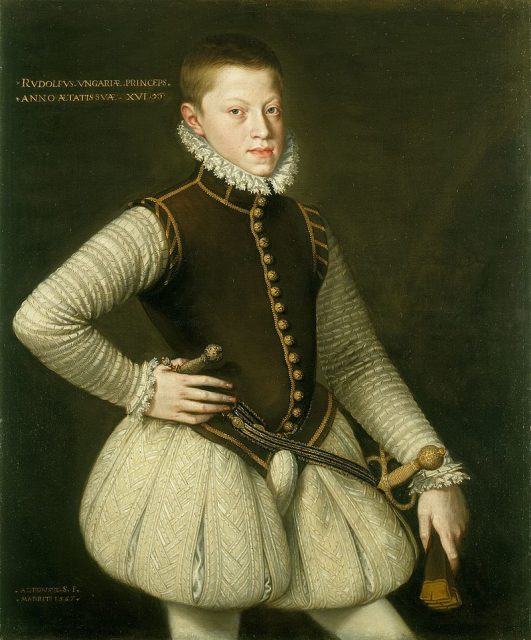
Eventually, this randy bit of exhibitionism came to an end. Tastes during the late 16th and early 17th centuries, particularly in the royal courts of England and France, started to run more toward dandier duds.
Read another story from us: Nipple Rings for Aristocrats – The Wild Victorian Fashion Trend
Elaborate ruffs (stiff, wide, pleated collars) and bombasting (aggressively padded shoulders, arms, and chest, designed to create a more muscular and intimidating look), both craftily directing attention upward to — Hey, eyes up here people! — the face, chest, arms, and hips.
